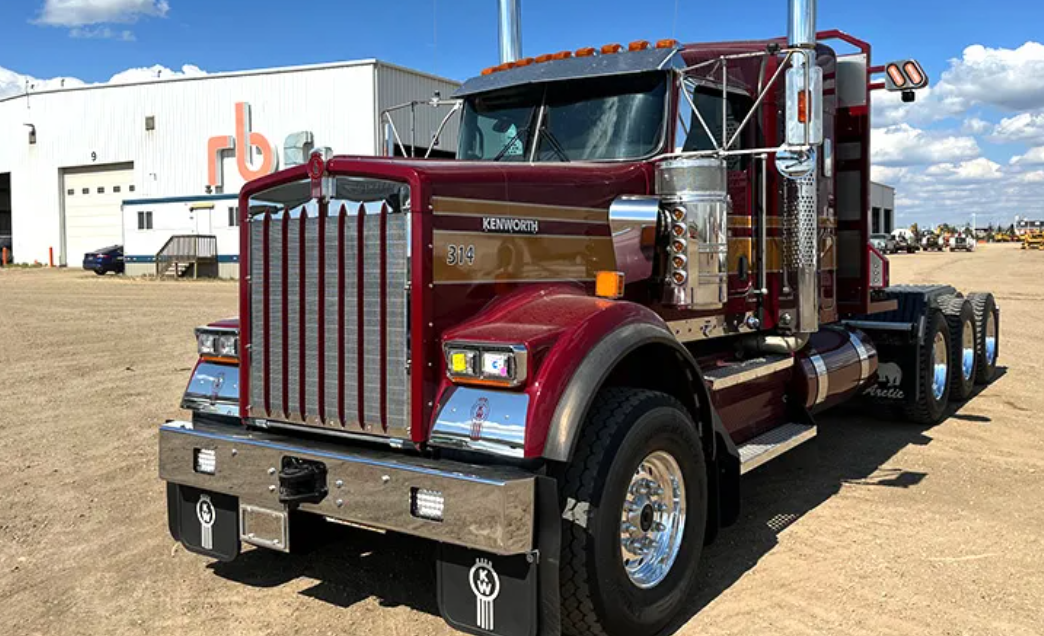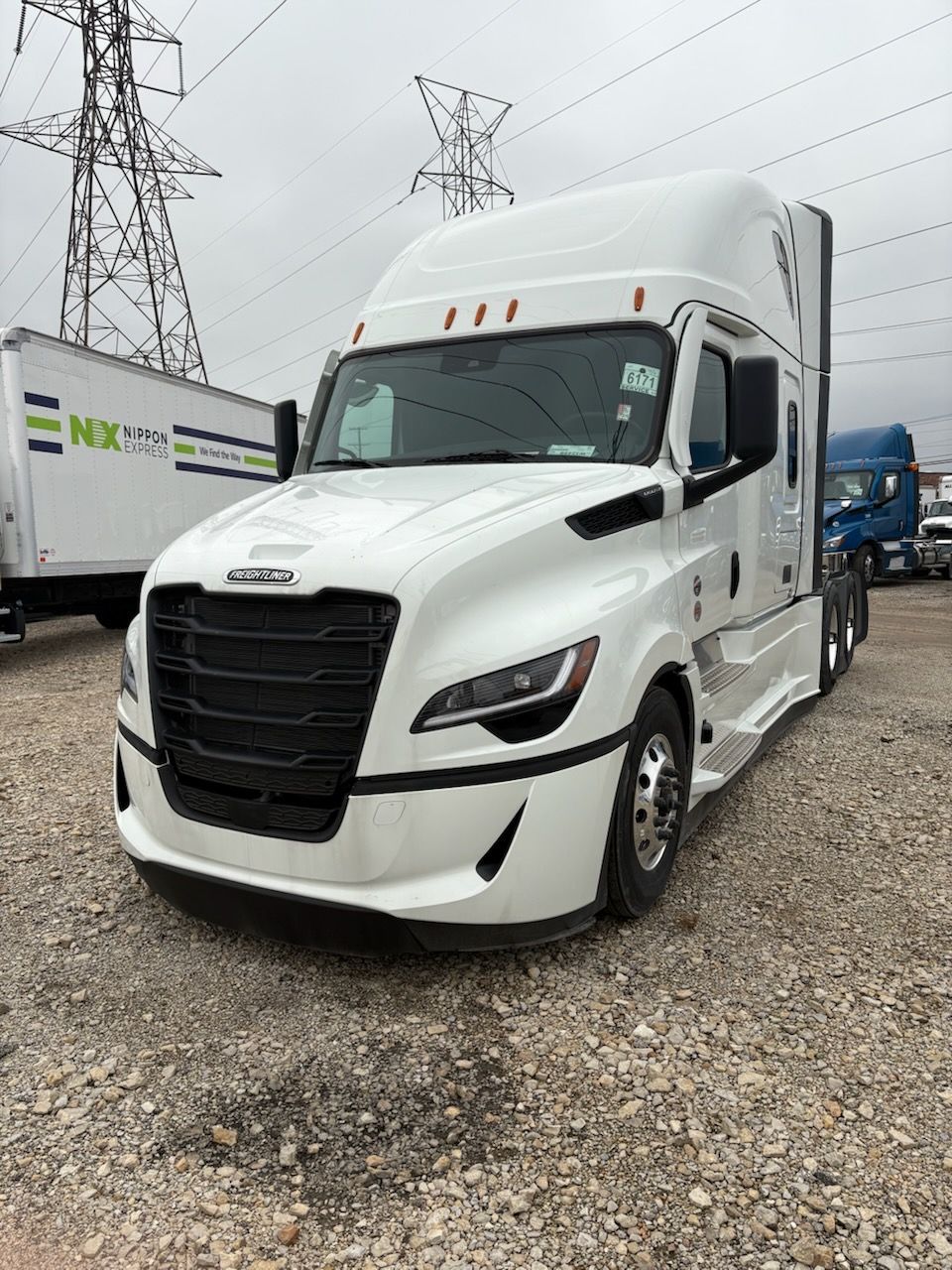How Truckers Can Prevent Injuries and Accidents on the Road
Share this Article:
WRITTEN BY: BLOOM SERVICES

Truck driving can be hazardous if precautions are not taken. The National Highway Traffic Safety Administration reports 388,000 truck-related accidents in the US each year, accounting for 6.5% of all crashes. 28% result in injuries and 11% are fatal. The main causes of road accidents for truckers include distracted driving, driving under the influence of drugs or alcohol, driving while fatigued, not properly maintaining the truck and trailer, speeding and reckless driving, and failing to adjust driving for weather conditions.
Making Trips Safe
To make trips as safe as possible, truckers must prioritize sleep, maintain their trucks, and follow road rules and restrictions. Planning the route with the dispatcher and anticipating potential hazards can help avoid accidents. To prevent climbing-related injuries, use the “three points of contact system” and proper lifting techniques. High-visibility clothing and proper footwear can make truckers more visible on the road and prevent slip-and-fall accidents.
Taking a defensive driving course can also reduce the number of on-road violations by 22%. Companies play a crucial role in preventing accidents by conducting proper hiring protocols, such as MVR checks and medical evaluations, to ensure that drivers are fit and capable. Preparation is key in the trucking industry, and leaving nothing to chance can lead to a successful and safe career.
Truckers and Sleep
To ensure safe trips on the road, there are several things that can be controlled. Sleep is one of the most crucial factors that help us perform at our best level. Research has shown that getting 7 hours of sleep per night has a positive impact on overall health and enhances cognitive functions such as focus and memory. Maintaining good sleep habits is essential for good mental health.
Another aspect of road safety that can be controlled is the maintenance of your truck. A well-maintained truck is critical to ensure safety on the road. If there isn’t enough time for a full pre-trip check, truck drivers should at least inspect their tires, brakes, lights, cooling, and steering systems. Keeping the cabin clean and organized minimizes distractions while driving.
Rules of the Road
Additionally, it’s important to follow traffic rules, such as adhering to speed limits, paying attention to signs and signals, and considering the weight and size limitations of the truck. New truck drivers should also keep in mind that driving a semi-truck is different from driving an SUV or a sedan and that overtaking or braking with a semi-truck requires more time and space.
To enhance safety during trucking trips, both truckers and dispatchers must carefully plan the route and stay alert to weather, traffic, construction sites, and any other potential hazards. This helps to anticipate issues and make any necessary changes to plans.
It’s also crucial to make yourself visible on the road and while at shipper and receiver facilities. Investing $20 in a high-visibility jacket or vest can potentially save your life. If you’re driving on icy surfaces, proper warm winter boots with extra grip are essential to prevent slipping and falling accidents. In case of a fall, keep your phone with you at all times in case you need to call emergency services if you can’t stand and climb back into the truck cabin.
Safety in Trucking
The recruitment department of a company plays a significant role in reducing road accidents by implementing proper hiring protocols. Before a trucker begins their journey, it is the trucking company’s responsibility to ensure that the driver is physically and mentally fit for the job. This includes conducting MVR checks to evaluate the driver’s road safety record and verifying their medical report through the MCSA-5875 form. If the driver has a medical condition or disability, the trucking company must obtain a waiver from a doctor.
Preparation is key in the trucking business, and reducing the amount of chance involved leads to a higher probability of success. The company must take all necessary steps to ensure the safety and readiness of their drivers.
Bloom Services
Here at Bloom, we provide Freightliner Cascadias on our Rental and Lease-Purchase Program. They come equipped with powerful inverters, fridges, and an HVAC system that doesn’t require the truck to idle. The Freightliner is one of the most fuel-efficient trucks on the road. If you have a Class A CDL and want to long-haul, Bloom Services is hiring OTR truckers. Our drivers take home $3,000 + a week after all expenses.



